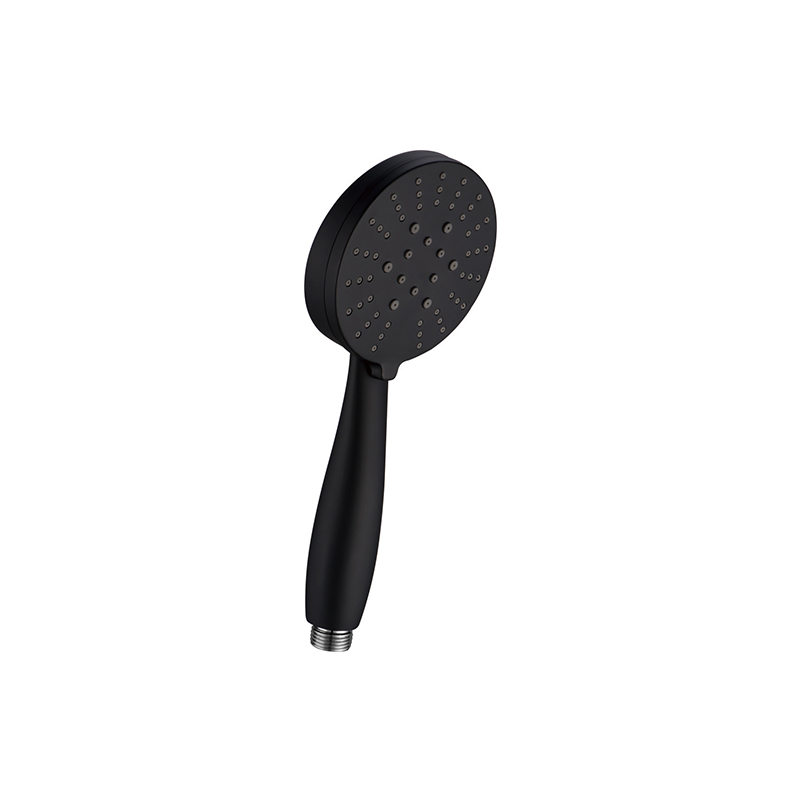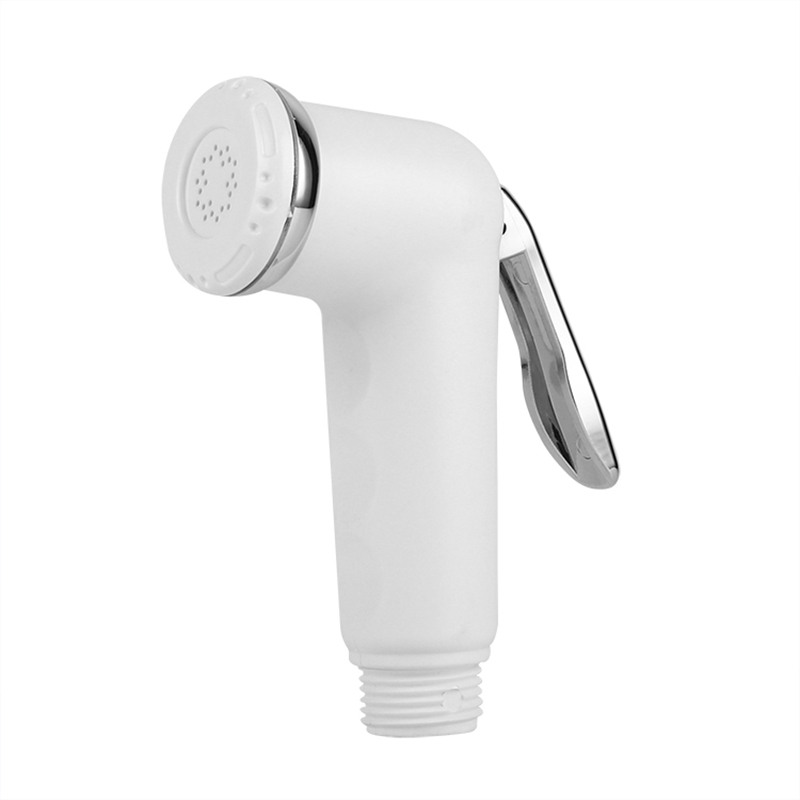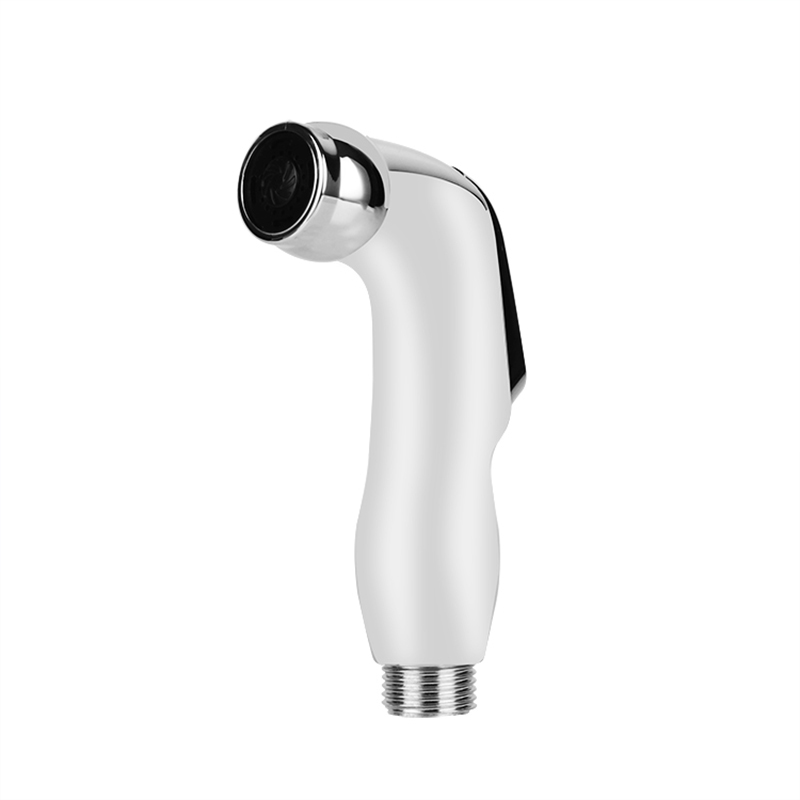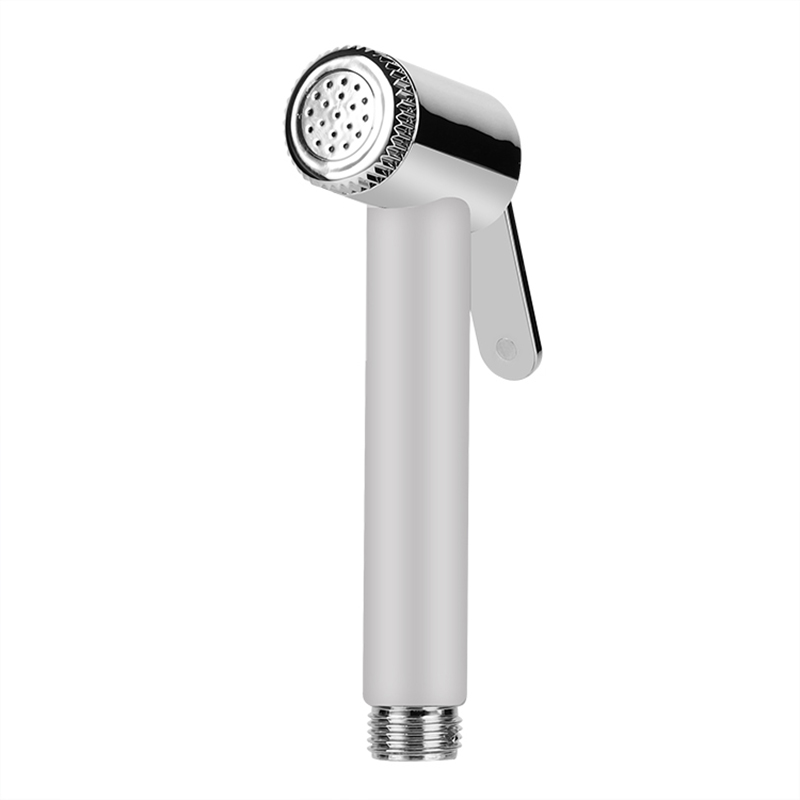The electroplating switch faucet production process typically involves the following steps:
Cleaning and degreasing: The faucet is first cleaned and degreased to remove any dirt, oil, or other contaminants that could interfere with the electroplating process.
Pre-treatment: The faucet is then subjected to a pre-treatment process, which typically involves acid etching or sandblasting to create a rough surface that will better adhere to the electroplating solution.
Electroplating: The faucet is then submerged in an electroplating solution, which typically contains metal ions such as chromium, nickel, or copper. An electric current is then passed through the solution, causing the metal ions to bond with the faucet surface, creating a thin layer of metal coating.
Finishing: Once the electroplating process is complete, the faucet may be subjected to a finishing process, which could involve buffing, polishing, or coating with a protective clear coat to enhance its durability and appearance.
Quality control: Finally, the faucet is inspected for quality control purposes to ensure that it meets the required specifications, including its appearance, durability, and corrosion resistance.

 English
English 中文简体
中文简体












